Our precious crucible cart has undergone its final transformation into what will likely become the key element of our glass printing machine. Unlike portland, refractory does not use good ol’ H20 for its chemical bound, so for refractory, firing is a key step.
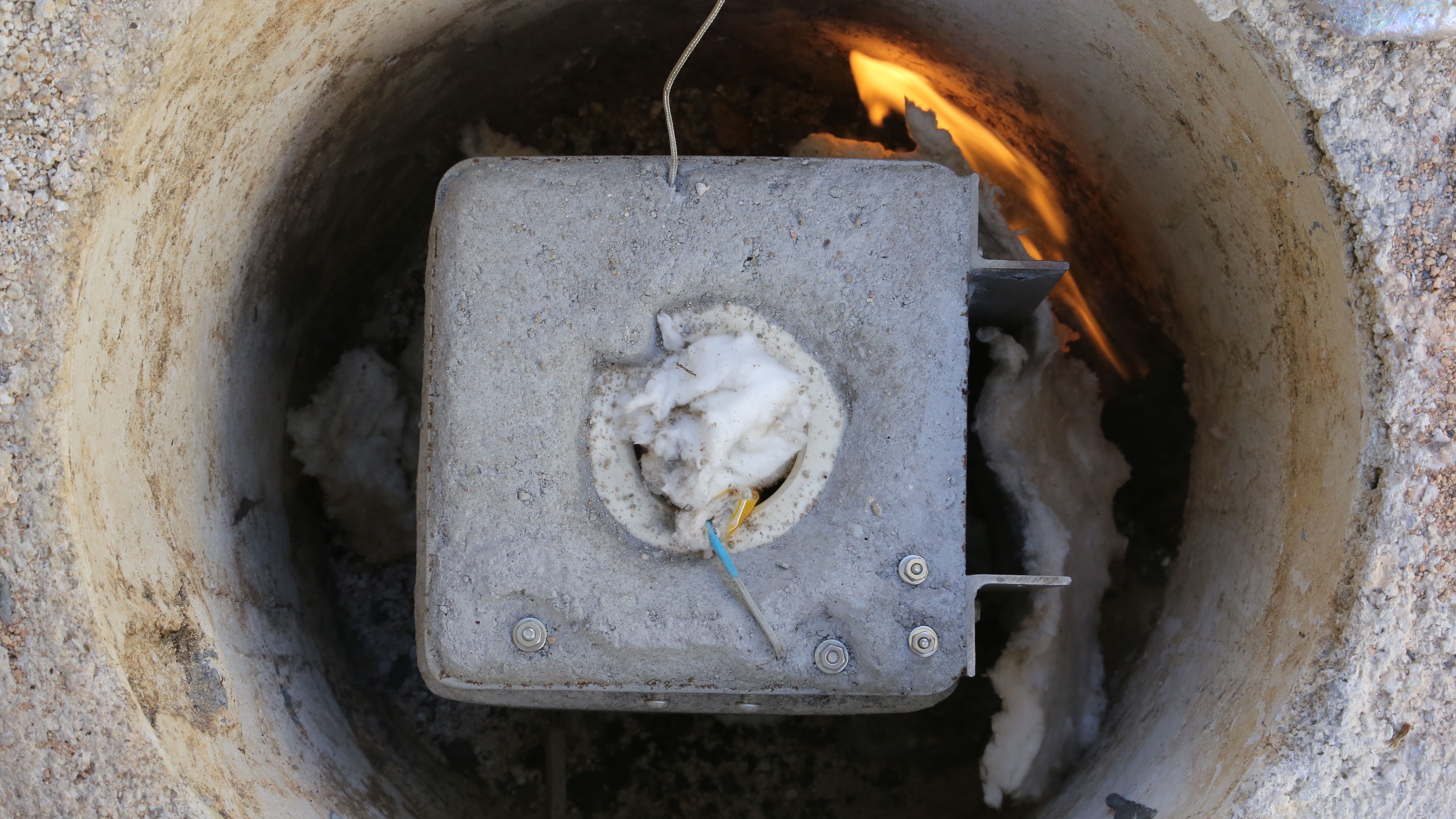
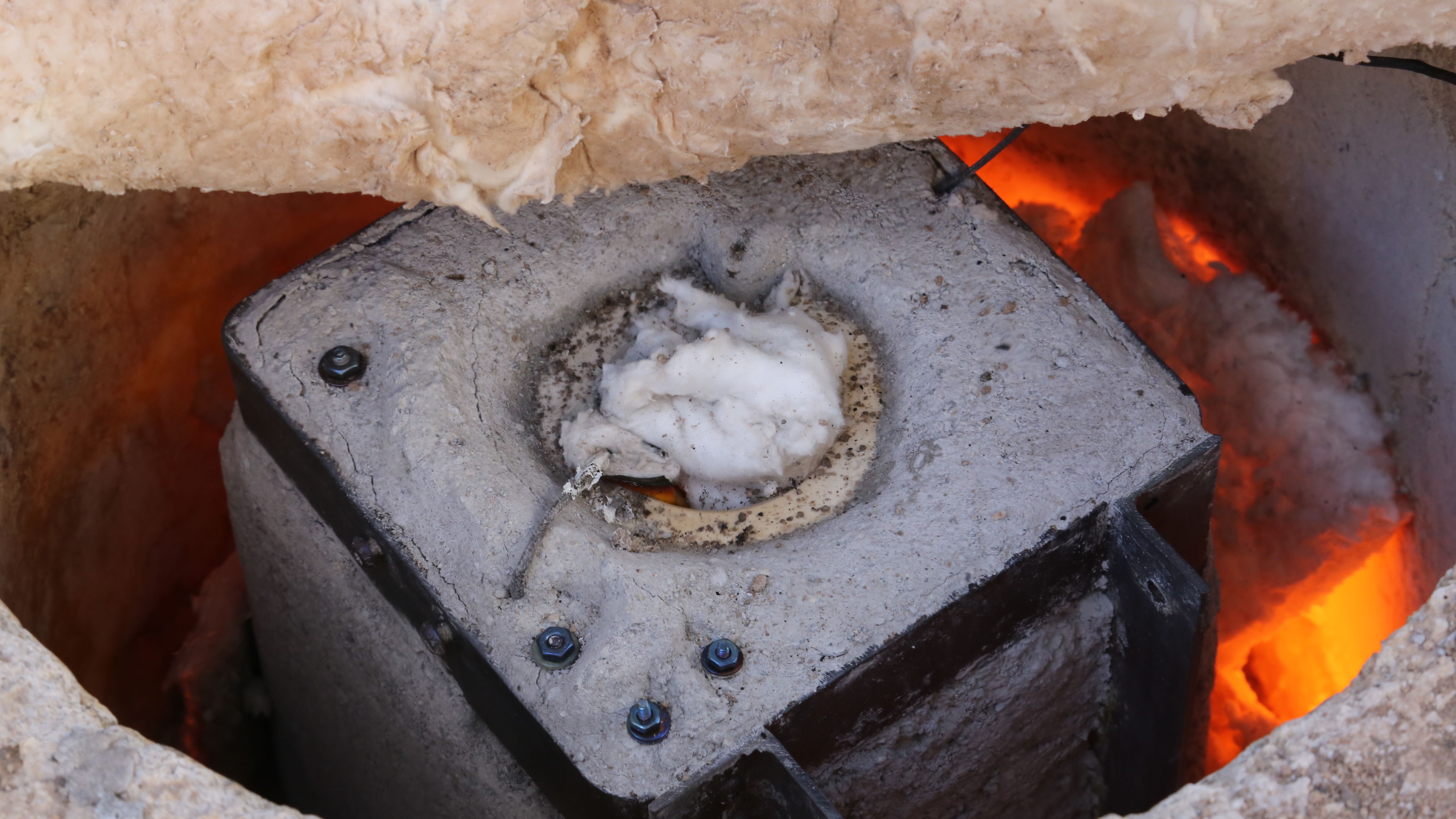
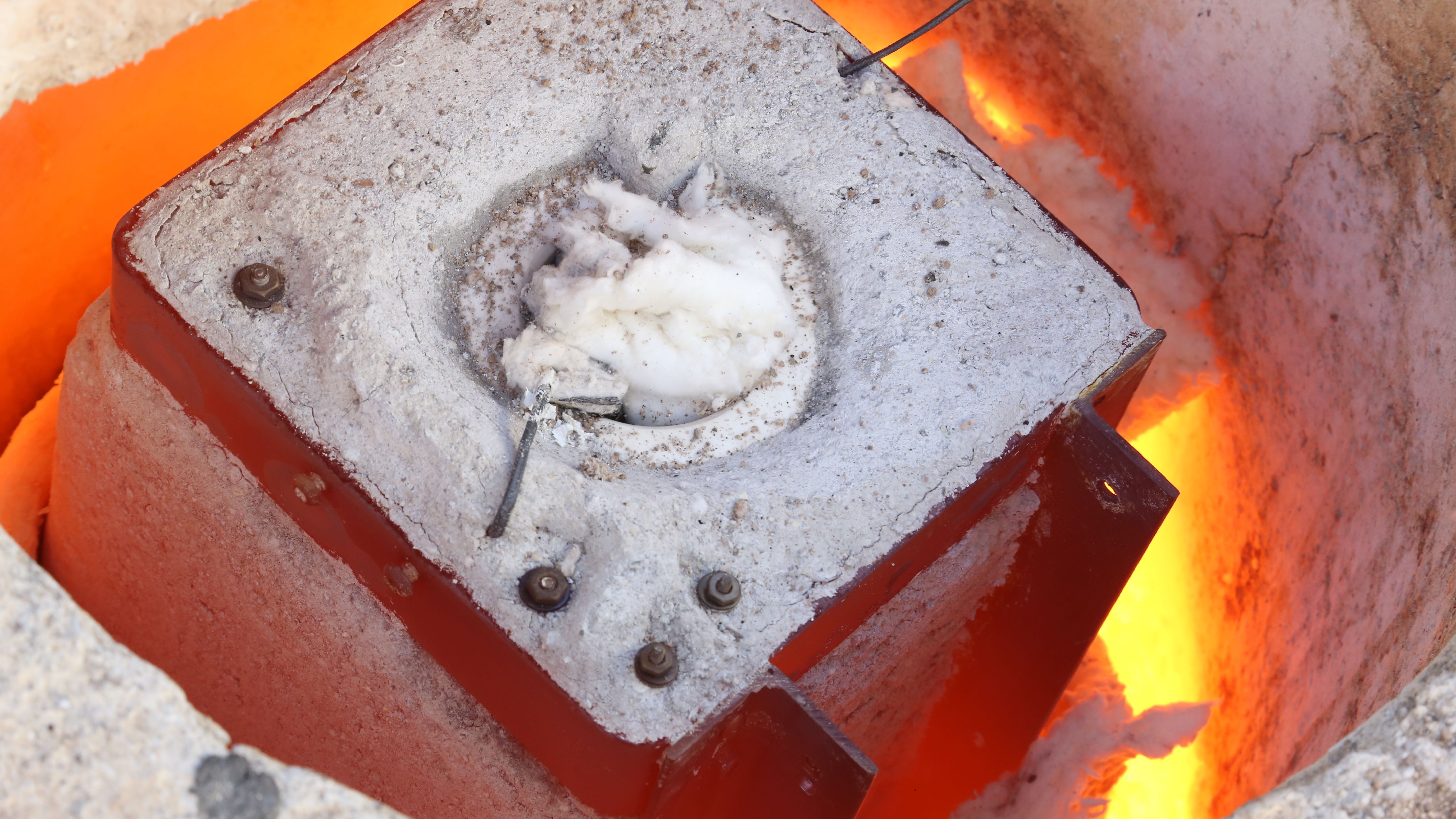

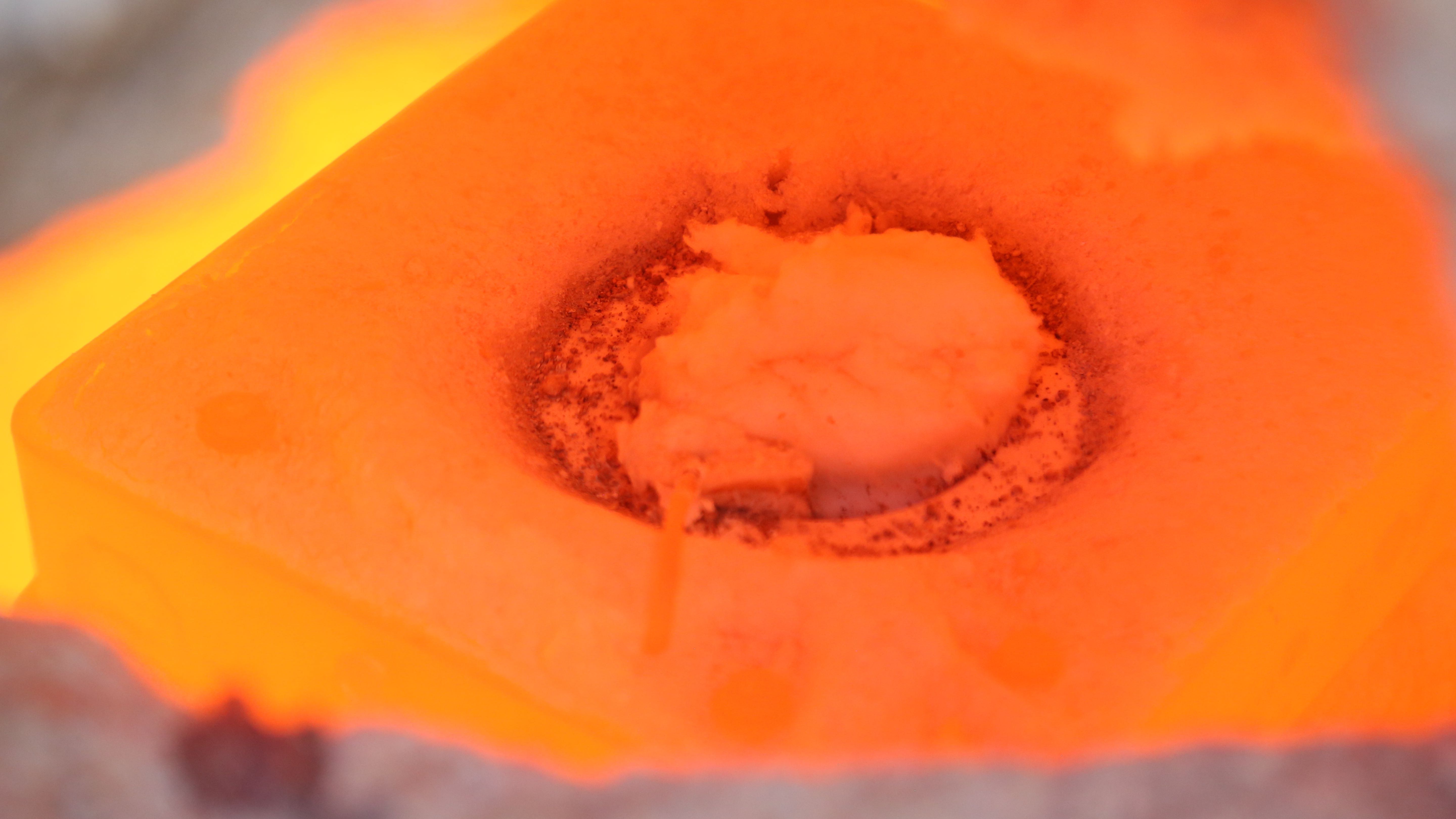
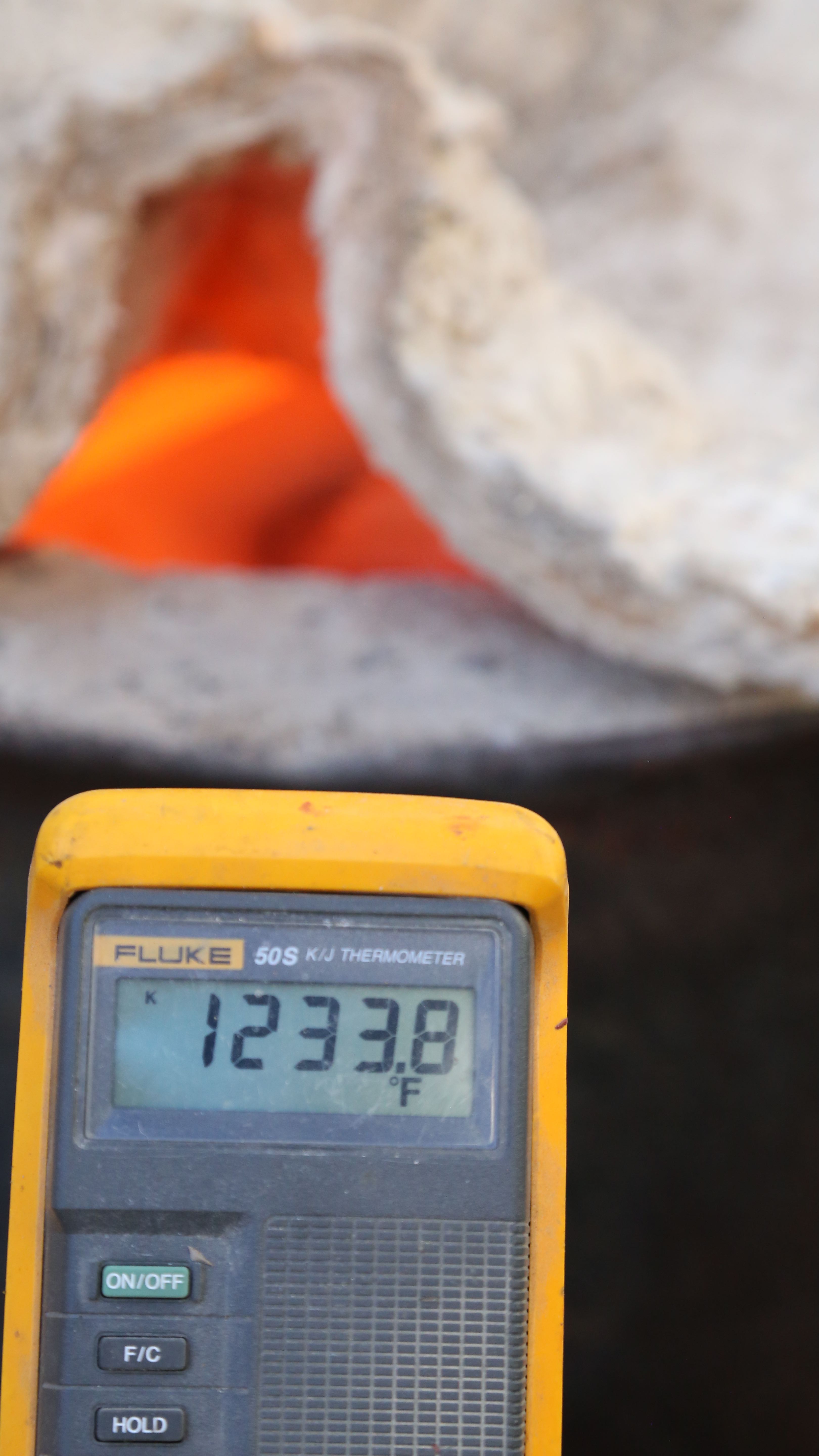

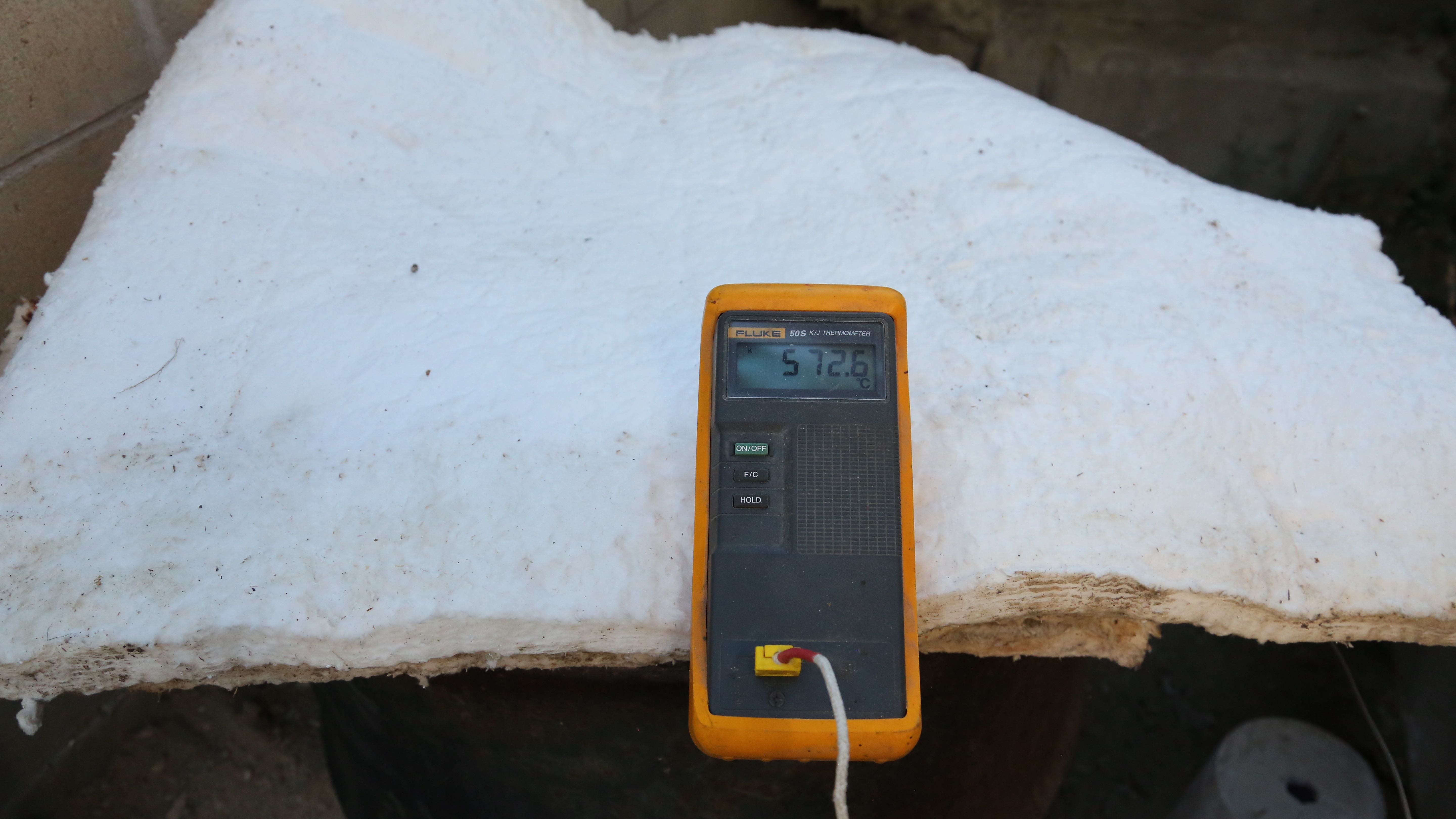
Next time you see our crucible cart it should be mounted on our machine!
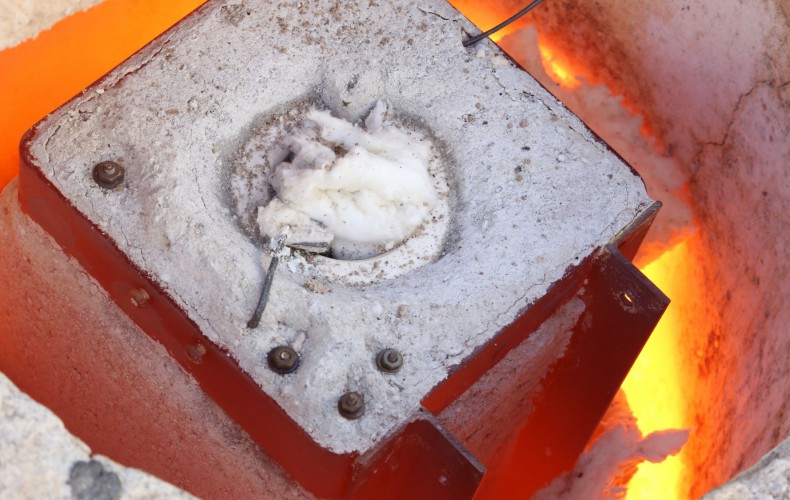
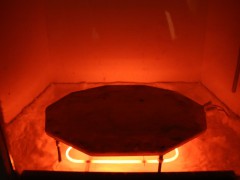
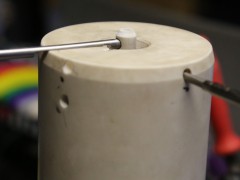
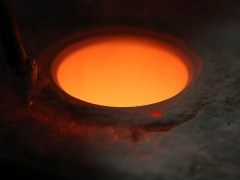
Leave a Reply